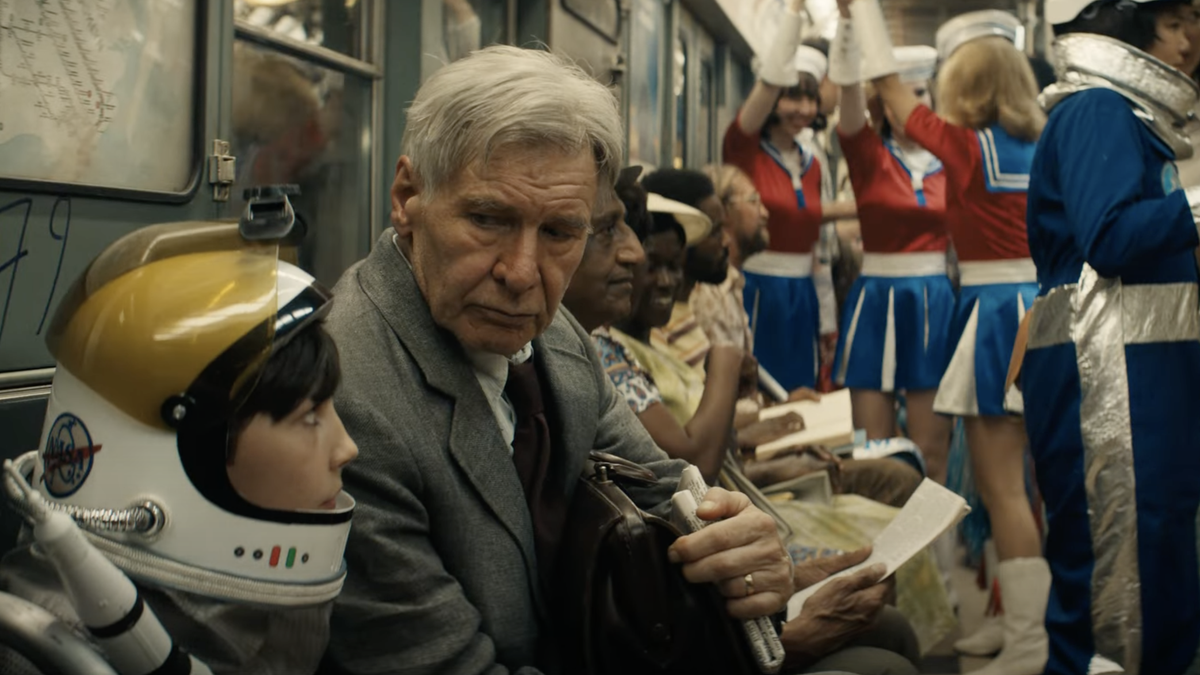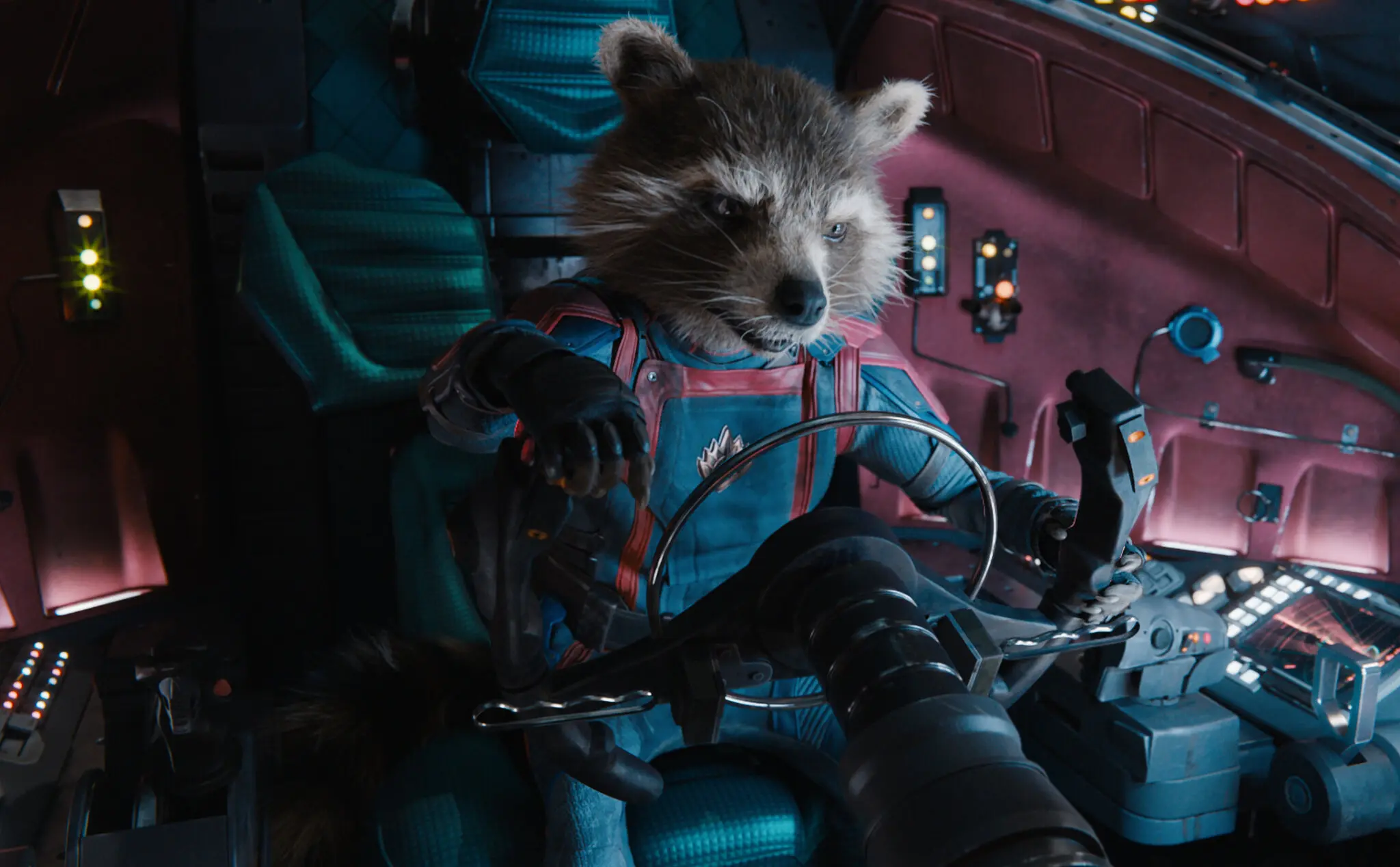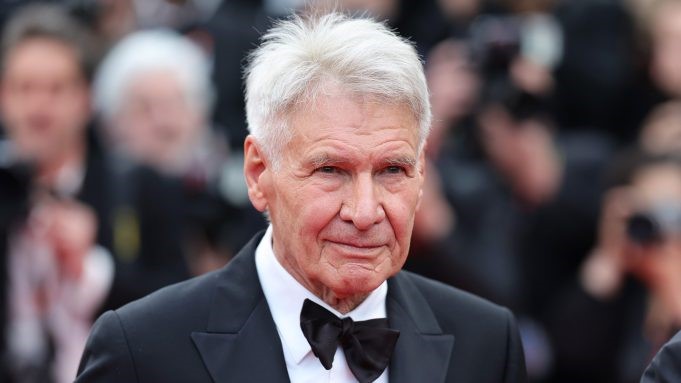VERDICT: Harrison Ford’s fond farewell to maverick tomb raider Indiana Jones balances formulaic blockbuster elements with soulful nostalgia and an audacious time-jumping plot.
Picking up the bullwhip and battered brown fedora for one last victory lap, Harrison Ford completes his unprecedented trio of late-career comebacks with Indiana Jones and the Dial of Destiny. Now 80 years old, the grizzled action star has pulled off a remarkable feat over the last decade by reviving his three most beloved characters: Han Solo in Star Wars: The Force Awakens (2015), Deckard in Blade Runner 2049 (2017), and now maverick tomb raider Henry “Indiana” Jones, back for a fifth adventure in a swashbuckling franchise that began more than half Ford’s lifetime ago.
The final chapter in the Raiders of the Lost Ark (1981) series and the first not to be helmed by Steven Spielberg, Dial of Destiny is a predictable but solidly entertaining effort from director James Mangold (Walk The Line, Logan, The Wolverine), who also shares screenwriting credit with Indy veteran David Koepp, plus feted British playwright Jez Butterworth and his brother John-Henry.
At 142 minutes, it is the longest and most expensive Indiana Jones film, with a reported budget of $300 million. But in style and content, it mostly follows the established franchise formula: attention-grabbing stand-alone prologue, glossy travelogue plot, plucky female foil, perky young sidekick, and cackling Nazi villains, all spiced with a fan-friendly smattering of familiar faces.
Inevitably, Dial of Destiny is also a thoroughly slick studio product, taking no major risks with Lucasfilm’s billion-dollar baby. All the same, it presses enough crowd-pleasing buttons to close the franchise with a generous double helping of razzle-dazzle action and fuzzy feel-good emotion. Reviews from its splashy Cannes world premiere have been mixed so far, but this is a critic-proof movie, much like its unloved predecessor, Indiana Jones and the Kingdom of the Crystal Skull (2008), which earned nearly $800 million despite critical disdain. Disney is licking their lips for a major worldwide summer blockbuster release in late June.
The plot to Dial of Destiny is probably the most outlandishly silly of all the Indiana Jones films so far, feeling at times like a Dan Brown novel with a dash of Harry Potter wizardry. But it hits the ground running with its hyperkinetic opening section, set in war-torn Europe in 1944, a high-speed riot of wham-bam stunts featuring very impressive VFX work on a digitally de-aged Ford, here battling an army of Nazis as they retreat on a train full of plundered loot. Co-starring the ever-excellent Toby Jones as fellow antiquity expert Dr. Basil Shaw, this sequence is classic Indy, almost like a greatest hits showreel of the franchise.
The film’s main action, however, takes place in 1969 against the backdrop of the Apollo moon landing and the Vietnam War protest. Numbed by family tragedy and divorce, Ford’s veteran archaeology professor just wants a quiet retirement from his New York City college job, until his sassy British goddaughter Helena “Wombat” Shaw (Phoebe Waller-Bridge of Fleabag and Killing Eve fame) arrives out of the blue with her own dubious, disruptive agenda. Before long, Jones finds himself implicated in a massacre, wanted by the police, and yoked into a wild globe-trotting chase to track down a magical time-traveling device invented by Archimedes.
Why? Otherwise, it could fall into the hands of demonic ex-Nazi scientist Voller (a reliably reptilian Mads Mikkelsen), who has sinister plans to change the course of history. Does that make any sense? If not, don’t worry, Dial of Destiny mostly moves too fast for narrative logic.
For much of its marathon running time, Dial of Destiny is a noisy, sense-battering chase movie. Besides an extended battle atop a moving train, it also boasts a horse galloping into the New York subway, a breakneck tuk-tuk pursuit through the winding streets of Tangiers, plus all manner of crazy stunts featuring planes, trains, and automobiles.
Indy and Helena are endlessly commandeering vehicles from hapless bystanders purely to race after heavily armed Nazis through the back streets of some picturesque Mediterranean city or other, bullets flying. Remarkably, they never kill or injure any innocent pedestrians along the way. These breathless action sequences are superbly orchestrated, but they eventually become repetitive and draining, with inevitable echoes of the James Bond and Mission: Impossible series.
Previous chapters in the series, notably Indiana Jones and the Temple of Doom (1984), drew accusations of racism and sexism. Dial of Destiny is as carefully woke around race and gender as most modern blockbusters, with Helena ticking all the right kick-ass feminist boxes while she vaguely multi-cultural teenage sidekick Teddy (French big-screen newcomer Ethann Isidore) proves supernaturally adept at flying planes and other conveniently useful skills. Even so, this 42-year-old franchise arguably still projects a colonial worldview of white saviors, devilish foreign villains, and one-dimensional ethnic lackeys.
While there is a sweet fan-service delight in seeing series veteran John Rhys-Davies return as Indy’s regular Arab-world fixer Sallah, for example, it is hard to imagine any studio casting a white Welsh actor as an Egyptian character nowadays. But whether this kind of “brownface” issue will generate much heat in such an established, stylized, knowingly nostalgic comic-book universe is debatable.
Shot by Mangold’s regular Greek cinematographer Phedon Papamichael, Dial of Destiny has an alluringly handsome, old-school, sun-bronzed look. Technical credits are generally excellent, although the soundtrack is overstuffed with music, often to the point of swamping dialogue and trampling dramatic nuance. John Williams’ propulsive, strident score pounds through almost every scene like a runaway locomotive, jarringly bombastic during the action sequences, syrupy and intrusive for the quieter dramatic interludes.
This is a shame, as Ford brings soulful shading to his autumnal performance, making the elderly Jones world-weary and vulnerable behind his crumpled grin and brusque old-school masculinity. Mangold and his team could have trusted the audience’s emotional intelligence a little more instead of heavily telegraphing every desired reaction.
After its slightly draggy mid-section, including a pointless extended cameo by Antonio Banderas, Dial of Destiny picks up again for its all-guns-blazing finale. Sympathetic fans will find the time-jumping climax spectacular and audacious, less charitable viewers might deem it a goofy shark jump into sci-fi absurdity. Either way, Mangold and Ford still have one last heart-tugging trick up their sleeve, bringing closure to the Indiana Jones saga with a tender, intimate grace note. It is these small human touches that save Indy’s farewell from just being another slick, loud, manipulative blockbuster.
Director: James Mangold
Cast: Harrison Ford, Phoebe Waller-Bridge, Mads Mikkelsen, Ethann Isidore, Shaunette Renée Wilson, Antonio Banderas, John Rhys-Davies, Thomas Kretschmann, Toby Jones, Boyd Holbrook
Screenwriters: Jez Butterworth, John-Henry Butterworth, David Koepp, James Mangold
Cinematography: Phedon Papamichael
Editing: Michael McCusker, Andrew Buckland, Dirk Westervelt
Music: John Williams
Visual effects supervisor: Andrew Whitehurst
Production designer: Adam Stockhausen
Costume designer: Joanna Johnston
Producers: Kathleen Kennedy, Frank Marshall, Simon Emanuel
Executive producers: Steven Spielberg, George Lucas
Production companies: Walt Disney Pictures (US), Lucasfilm (US)
Venue: Cannes Film Festival (Out of Competition)
In English, 142 minutes













